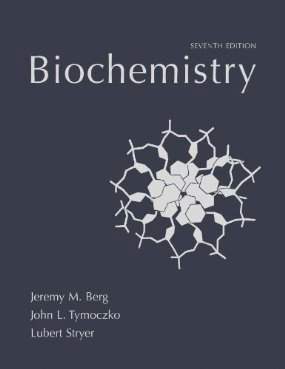Connecting...

This is a quick preview of the lesson. For full access, please Log In or Sign up.
For more information, please see full course syllabus of Biochemistry
For more information, please see full course syllabus of Biochemistry
Biochemistry More On Oxidation-Reduction Reactions
Lecture Description
This lecture begins with an example of a redox reaction where the conditions are not standard and uses the half reactions to determine the overall energy output of the reaction. Many of these electrons are transferred in solution by NAD⁺ and NADH or NADP⁺ and NADPH, universal electron carrier coenzymes. Electrons can also be carried by flavoproteins, which are bound to particular enzymes. The rest of the lecture explains the structure of these compounds, their half reactions and ratios, and their specialized roles. Many of the enzymes that utilize these coenzymes are oxidoreductases (dehydrogenases). The flavin nucleotides have a unique structure and properties that allow them to transfer electrons.
Bookmark & Share
Embed
Share this knowledge with your friends!
Copy & Paste this embed code into your website’s HTML
Please ensure that your website editor is in text mode when you paste the code.(In Wordpress, the mode button is on the top right corner.)
×
Since this lesson is not free, only the preview will appear on your website.
- - Allow users to view the embedded video in full-size.
Next Lecture
Previous Lecture










































 Answer Engine
Answer Engine




0 answers
Post by Zahra Saif on November 26, 2013
why cant you have the text typed instead of wasting our time by writing and correcting yourself ?
1 answer
Tue Jul 23, 2013 5:28 AM
Post by Gift Nitchie on July 22, 2013
Hi, I just want to know where you got the 0.123 for E standard. is that constant? it's in 6:25. Thanks